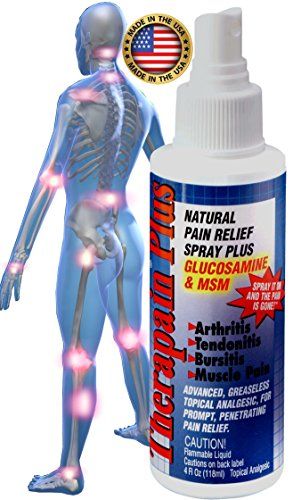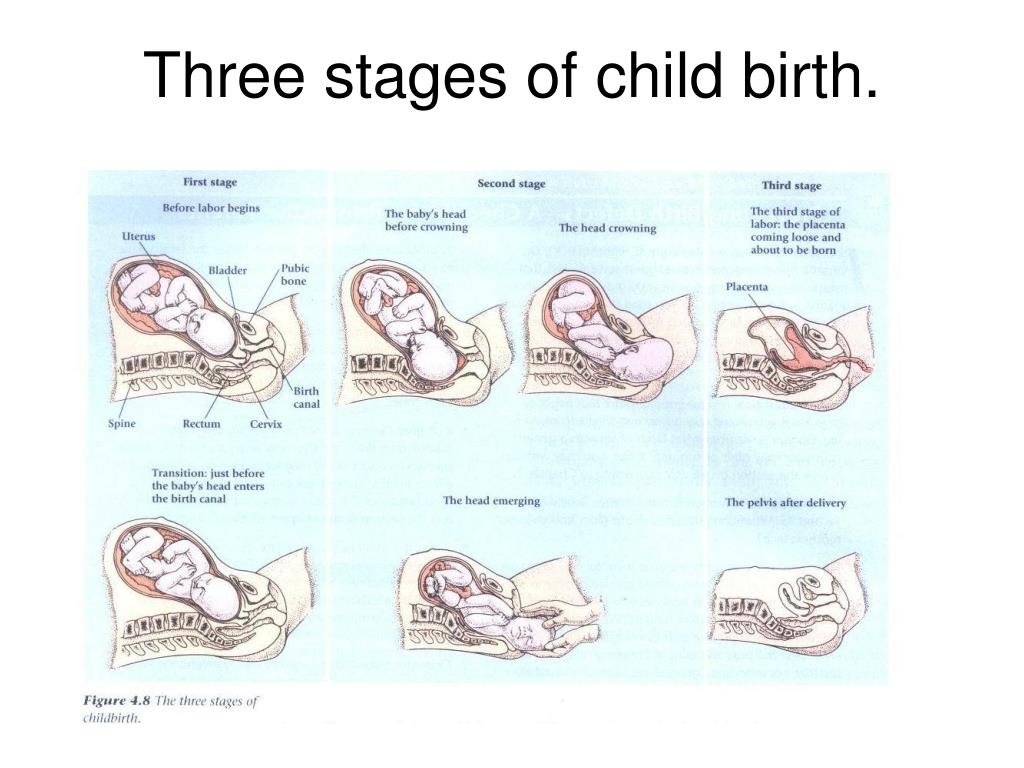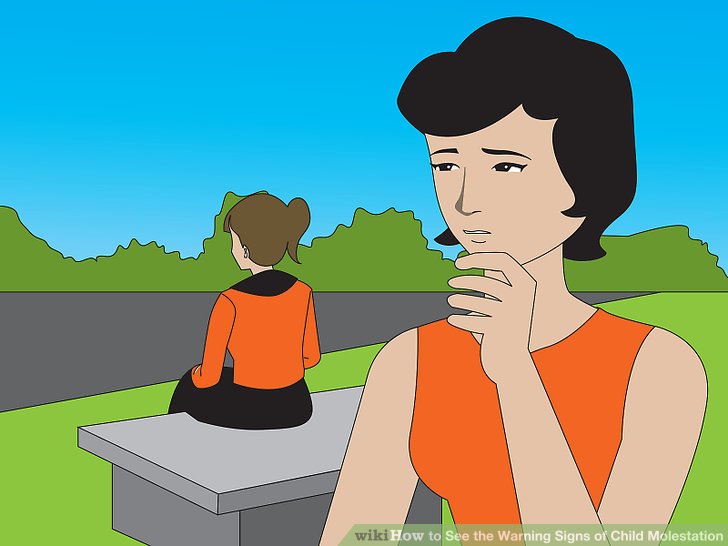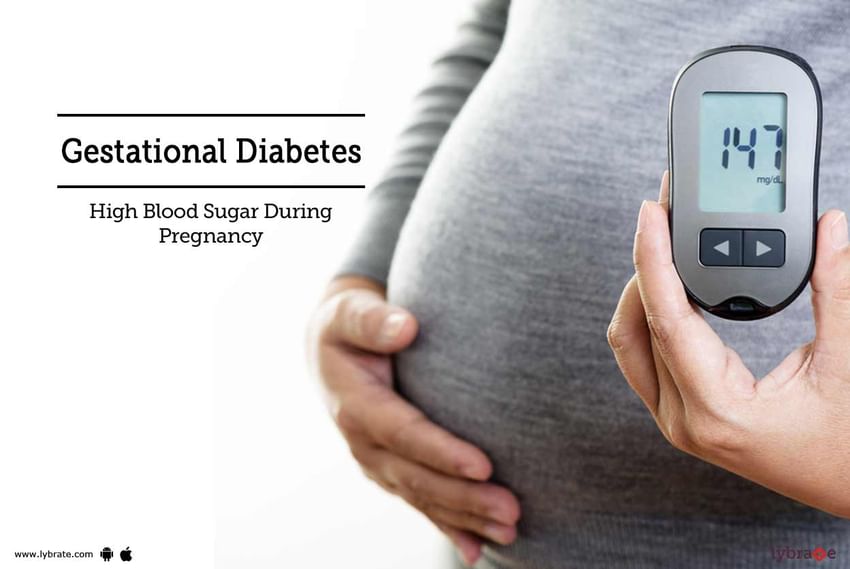Natural pain relief for labor
Non-medical pain relief during labour
beginning of content3-minute read
Listen
There are many ways to reduce pain in labour without medicines. Each method has advantages and disadvantages. Choose one or more that suit you.
Active birth
Staying active is one of the most helpful things you can do to manage the pain of labour and birth. Moving freely and rocking your pelvis can help you to cope with the contractions.
Massage and heat
Massage and hot packs can ease your pain in labour. Massage helps distract you from the pain. Heat packs can help your body release its natural painkillers — endorphins.
Water immersion
Most hospitals and birthing centres will have facilities that allow you to have a bath or shower during the first stage of labour.
Many women find that being in a warm bath is relaxing and helps them to cope with the contractions. You might also find having a shower can help with any back pain you might be experiencing.
Having a bath or shower to ease pain during labour is not the same as having a water birth. Not all hospitals are equipped for water birth. Your midwife and doctor need to be specially trained and they need to be able to get you out quickly if there is a problem with the birth. Check with your hospital well in advance to see if this option is available to you.
Relaxation
You can use different relaxation techniques to ease pain. Some people like music, some like meditation, some like incense. Generally, relaxation techniques help ease pain in labour. Just check that the hospital or birth centre can cope with your plans.
Aromatherapy
Essential oils are used with massage or heated over a burner. There is no evidence aromatherapy provides pain relief, but some women find it pleasant.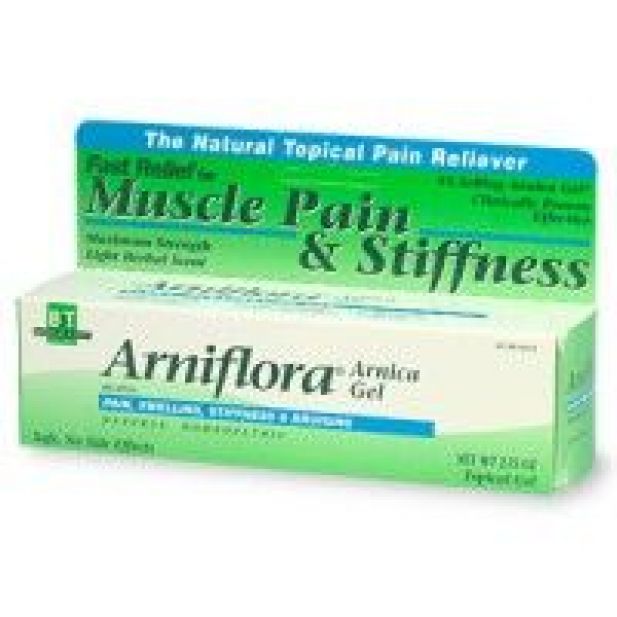 If you're thinking of using aromatherapy, check that your hospital or birth centre allow it.
If you're thinking of using aromatherapy, check that your hospital or birth centre allow it.
Acupuncture
Acupuncture can reduce pain in labour and reduce the need to use forceps. It is not clear how it works. There are no known side effects of acupuncture for mother or baby.
Only a trained person should perform acupuncture. Not all hospitals have an acupuncture therapist on staff. You may need to discuss arranging your own practitioner.
TENS
A TENS machine uses two electrodes stuck to your skin. They are usually attached to your lower back. The machine sends a small electric current through your body. It is generally safe for mother and baby.
While there is no harm is using a TENS machine, there is not a lot of evidence to show TENS works to reduce pain, but some women find it helpful.
A TENS machine is not suitable for everyone. People with a pacemaker should not use one, and the use of TENS before 37 weeks’ gestation should be avoided.
They can't be used in the shower or in water. Not all hospitals or birth centres have them.
Not all hospitals or birth centres have them.
Sterile water injections
Sterile water with no medicine in it can be injected under the skin of your lower back to deal with lower back pain.
It may sting but there are no side effects for you or your baby.
Some women have found these injections helpful. It is not clear how they work, or whether they work very often. You may still need other pain relief.
Sources:
Royal Australian College of Obstetricians and Gynaecologists (Pain relief in labour and childbirth), Cochrane (Pain management for women in labour – an overview), King Edward Memorial Hospital Obstetrics & Gynaecology (Clinical practice guideline, Pain management), The Royal Women’s Hospital (Managing pain in labour), The Royal Women’s Hospital (Active birth), The Royal Women’s Hospital (Water birth at the Women’s)Learn more here about the development and quality assurance of healthdirect content.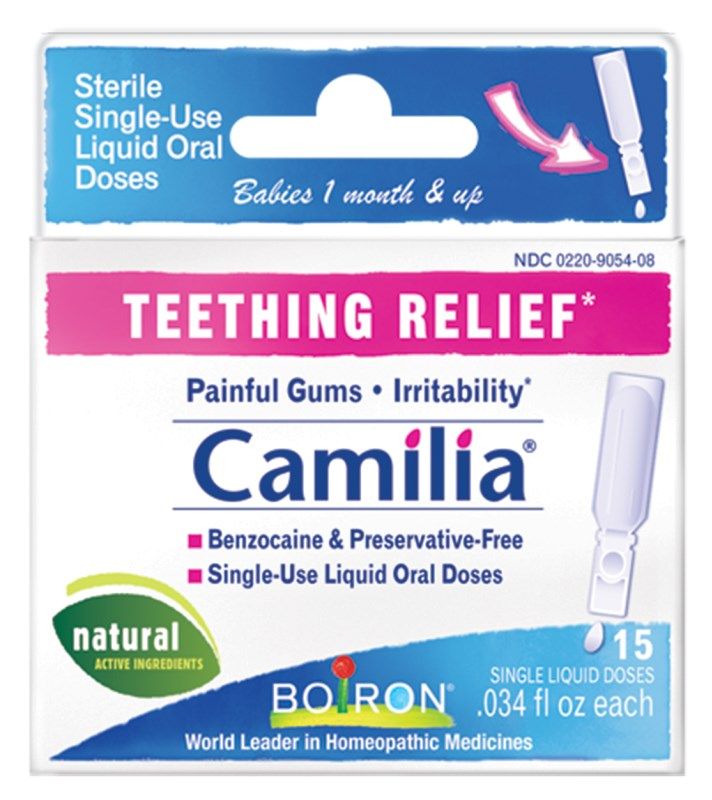
Last reviewed: January 2020
Back To Top
Related pages
- Epidural
- TENS (Transcutaneous electrical nerve stimulation)
- Gas (Entonox)
- Pain relief during labour
- Making a birth plan
- Giving birth - stages of labour
This information is for your general information and use only and is not intended to be used as medical advice and should not be used to diagnose, treat, cure or prevent any medical condition, nor should it be used for therapeutic purposes.
The information is not a substitute for independent professional advice and should not be used as an alternative to professional health care. If you have a particular medical problem, please consult a healthcare professional.
Except as permitted under the Copyright Act 1968, this publication or any part of it may not be reproduced, altered, adapted, stored and/or distributed in any form or by any means without the prior written permission of Healthdirect Australia.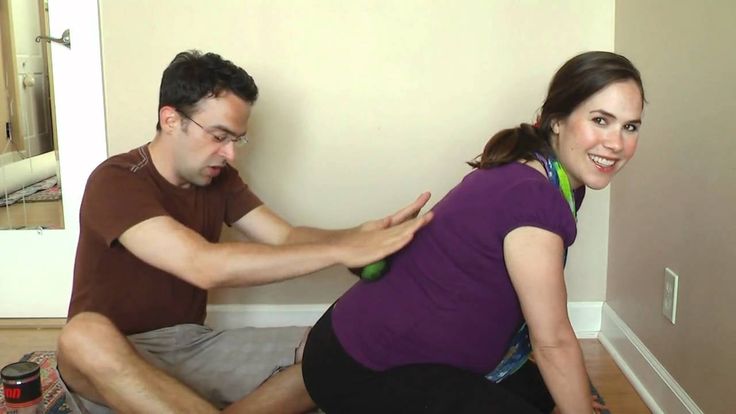
Support this browser is being discontinued for Pregnancy, Birth and Baby
Support for this browser is being discontinued for this site
- Internet Explorer 11 and lower
We currently support Microsoft Edge, Chrome, Firefox and Safari. For more information, please visit the links below:
- Chrome by Google
- Firefox by Mozilla
- Microsoft Edge
- Safari by Apple
You are welcome to continue browsing this site with this browser. Some features, tools or interaction may not work correctly.
13 Natural Pain Relief Options For Labour
Informing yourself and opting for natural methods of pain relief during labour makes so much sense.
After having spent so much time during pregnancy avoiding medications, there’s a smorgasbord offered to you when you are in labour!
It’s really important to carefully consider medication use during labour.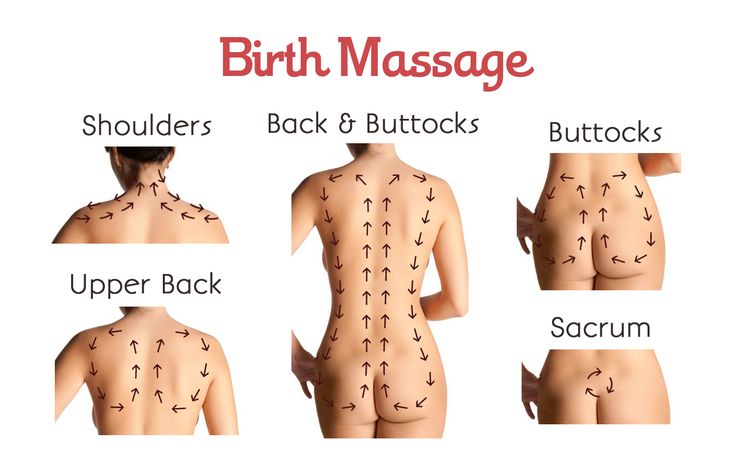
Not only are there risks for you and your baby, but your baby can have a hard time eliminating drugs from his system.
An example of this is pethidine, a narcotic which crosses the placenta freely.
Norpethidine (an active metabolite of pethidine) can accumulate in mother and baby, and has a half-life of around 20.5 hours!
Some other studies report even longer.
Pethidine can be detrimental to respiration (baby’s breathing) and breastfeeding attachment, because baby can be born quite sleepy.
Babies can be given medication to reverse the effects of the drug on their system, but it’s not ideal.
Rest assured, with some good support and tools, labour doesn’t have to be like that at all.
Below are some known and proven ways to help relieve pain in labour.
Having these things tucked away in your birth toolbox could significantly help you during labour.
Perhaps they might be the very things that get you through, without the need for any pharmaceutical pain relief.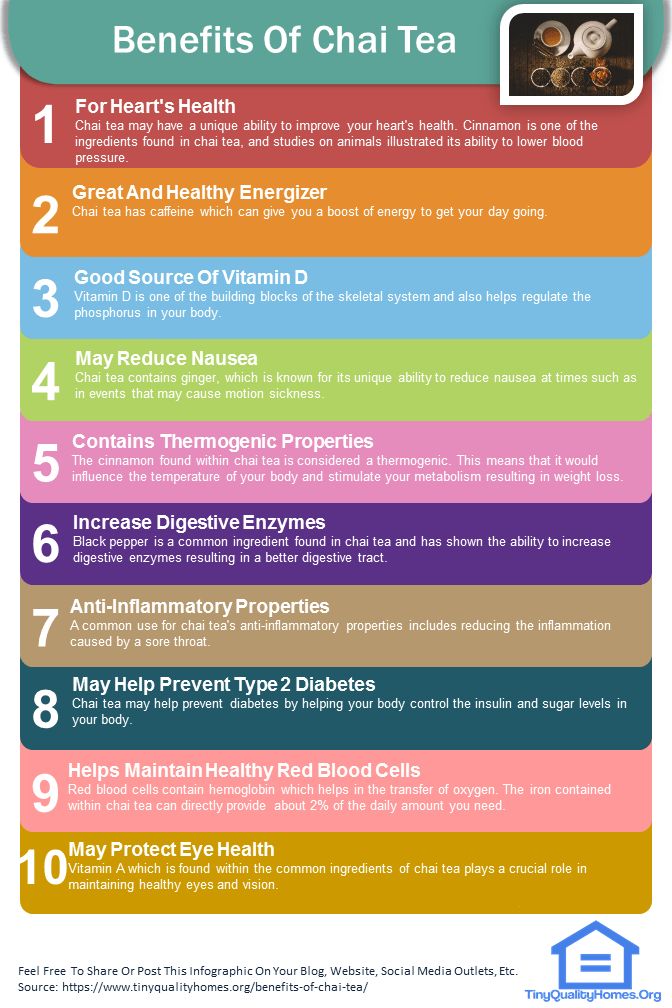
Natural Pain Relief Option #1: Doulas
“I found one of the best forms of pain relief during labour was definitely our doula. Whilst I may have had different techniques to help me through labour pains, my doula was the one who helped me to find the best method of drug free relief for the stage of birth I was at. The support she offered throughout also helped me to stay focused which in itself is pain relief, as stress only leads to pain and she was able to help me keep calm.”
According to many studies, women who use doulas have fewer requests for epidurals, fewer c-sections and are less likely to require forceps or vacuum births (amongst many other things).
In a recent review of all available doula studies, it was concluded that doulas were more effective at supporting a woman than hospital staff or the woman’s friends or family.
This is likely because a doula provides a trifecta of care which no other person present in a hospital birth room can provide.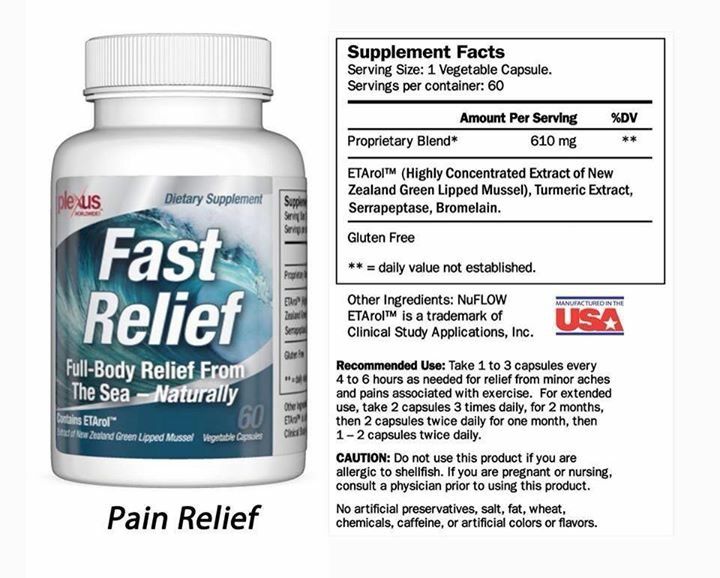
These are:
- Continuous care – she doesn’t leave your side for shift changes (there are 3 in a 24 hour period)
- Experienced in birth and is trained in support skills
- Familiar – she known to the woman.
Many studies tell us that having a doula present at your birth will make it less likely that you’ll want or ask for pain relief.
A doula is trained in the art of birth support, where she learns about helpful positions, support methods and tools to help labouring women feel more comfortable and feel more supported.
To read more about doulas.
Are You Getting BellyBelly’s Pregnancy Week By Week Updates?
We think they’re the best on the internet!
Click to get the FREE weekly updates our fans are RAVING about.
Natural Pain Relief Option #2: Water
“I would have to say hot showers running on the lower back was my favourite during labour, I can’t recommend it enough! I had 6 or so showers and didn’t want to get out but, I was worried about water usage, because they had a sign up in the shower. Next time, i’m not getting out!”
Next time, i’m not getting out!”
Water immersion in labour offers significant benefits for the labouring woman, including pain relief, relaxation and comfort.
According to a Cochrane database review:
“Water immersion during the first stage of labour significantly reduces epidural/spinal analgesia requirements and reported maternal pain, without adversely affecting labour duration, operative delivery rates, or neonatal wellbeing. Immersion in water during the second stage of labour increased women’s reported satisfaction with pushing.”
The first stage of labour is the contractions prior to pushing – pushing is second stage.
Most midwives and birth attendants will recommend getting into the bath once you are in active labour.
Being in a bath creates buoyancy and you want to work with gravity in early labour to make sure the labour isn’t going to stall.
Showers are also great, as you can remain upright and direct the shower head at your lower back if you have back pain.
Even if you think you aren’t a shower person, in labour, many women choose to use the shower and some spend a great deal of their labours under the shower.
There are also many benefits for babies born in water.
Andrew Davidson is an Obstetrician at John Flynn Hospital in Queensland. He says around 40% of women at the hospital use water immersion for labour.
Birth satisfaction amongst those who waterbirth is very high.
He states: “There is a much reduced usage of analgesia in the waterbirth group with no epidurals, very few women using narcotics, while about half use nitrous oxide (gas). Waterborn babies tend to breathe quietly at first rather than cry but in our experience do not have lower Apgars or require more resuscitation.”
For more information on waterbirth, Janet Balaskas has a great book, ‘The Water Birth Book.’
Sadly not many hospitals offer waterbirth so you need to do your research. Mainly birth centres offer this option, or you can waterbirth at home with your own midwife.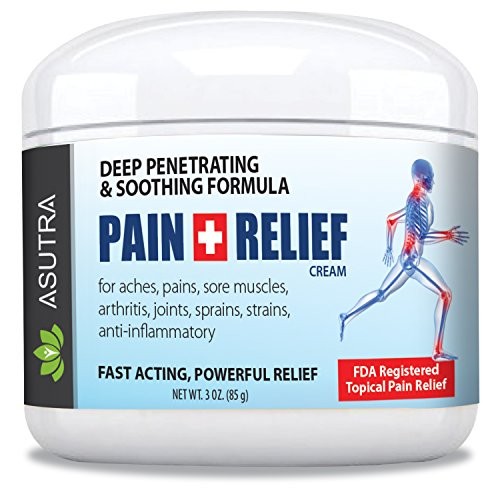
“My absolute fave (natural pain relief method) is the bath – instant relief. I won’t ever birth out of one again.”
“For me it was being in the shower, not just because the warm water helps with physical pain but also from a psychological perspective being a hot shower always makes me feel safer and more relaxed. Even when I’m not in labour it’s great stress relief.”
“The bath helped me the most, especially because I had a posterior (backache) labour. I had all the pain in my back as well as my tummy. So having my belly and back submerged in the warm water really helped a lot.”
Natural Pain Relief Option #3: Calmbirthing/HypnoBirthing
Learning how to relax is so important in labour, otherwise you end up in the vicious cycle of fear → tension → pain.
When you tense up and get tight (which is a natural reaction to any sort of pain) it actually makes that pain worse.
With Calmbirth, you learn:
- To access your natural inner resources to alleviate the fear, anxiety and tension experienced during pregnancy, labour and childbirth
- Practical skills of relaxation, breathing and visualisation which are used during pregnancy, labour, childbirth and beyond
- How the mother’s body is beautifully designed to birth her baby naturally and calmly and with the right preparation, to work with the process rather than resist it
- The importance of a mother’s beliefs and attitudes about birth and how these can be one of the major differences between a positive or negative birth experience
- The importance of bonding with your baby and how this effects your baby’s future life
- To be empowered to take control of your own birthing experience
Calmbirthing is an Australian method similar to the American HypnoBirthing method.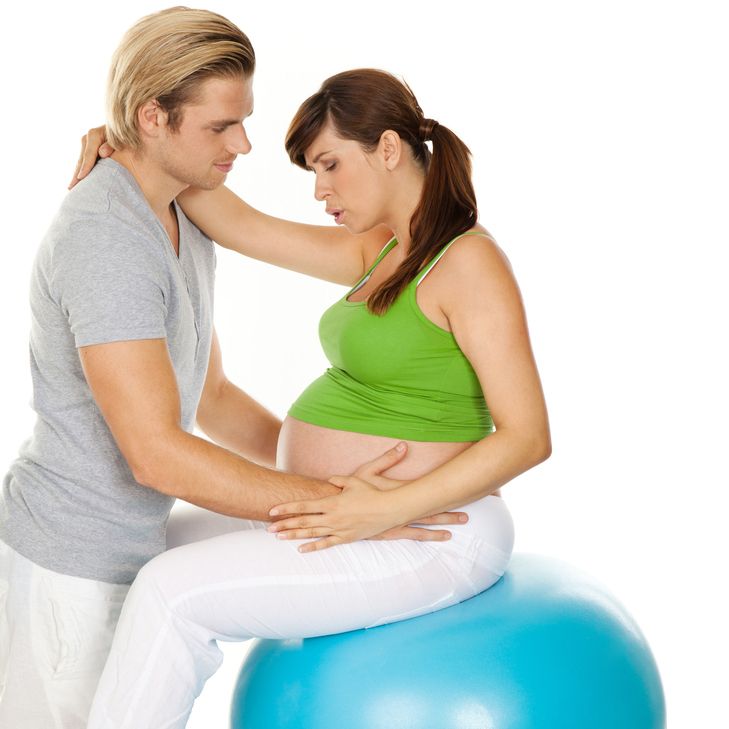 For more information, visit the Calmbirth website.
For more information, visit the Calmbirth website.
Natural Pain Relief Option #4: Changing Position
“Sitting on the toilet seemed to be quite comfortable which eased my pain… as I felt more relaxed.”
Being comfortable in labour is of course going to make a huge difference in your pain tolerance. The worst position for pain during labour (and the most dysfunctional) is lying flat on your back in bed, next is semi-reclining.
Mobility is important in labour, as is position changes, especially when you are working with gravity and your body. Upright, forward leaning positions are ideal, as when your uterus contracts, it actually contracts forward. Many unrestricted women naturally lean forward with contractions. Therefore working with your body and the surges of contractions is going to be more effective and efficient, resulting in less pain for the labouring woman.
“Given my quick labours and no time for bath showers etc, the number one thing during labour was position – on my knees leaning forward with legs spread. But the very best pain relief of all was holding my baby at the end!”
But the very best pain relief of all was holding my baby at the end!”
For more information on active birth, check out Janet Balaskas’ book, New Active Birth.
Natural Pain Relief Option #5: Naturopathy
If you visit a naturopath before your birth, they may be able to provide some natural pain relief preparations for you, which are safe while pregnant and breastfeeding. You can get some preparations over the counter from your pharmacy, for example, Rescue Remedy, however a tailored preparation just for you is ideal.
Natural Pain Relief Option #6: Massage / Pressure
You don’t need to be a professional to provide massage in labour – loving, nurturing strokes and massage on a woman’s body in labour is all you need to provide.
Some studies have been done on pain relief and massage. One of the studies involved massage conducted by the woman’s partner. They found that the woman’s anxiety and pain was reduced and her mood improved. Another concluded that massage was a cost-effective option that could be implemented by midwives.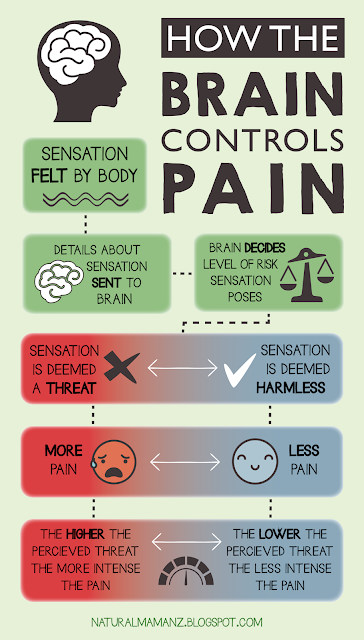 Women perceived a reduction in their pain and anxiety levels, and found with partner involvement, they had a more positive birth experience. Yet another concluded that women who were massaged during labour were less anxious, experienced less pain, had shorter labours and experienced less postnatal depression, opposed to the control group of women who did not receive massage.
Women perceived a reduction in their pain and anxiety levels, and found with partner involvement, they had a more positive birth experience. Yet another concluded that women who were massaged during labour were less anxious, experienced less pain, had shorter labours and experienced less postnatal depression, opposed to the control group of women who did not receive massage.
Massage can be performed by your partner or a doula, but often midwives are too busy to perform massage, so plan for your partner or a support person to do the massage.
Massage stimulates the production of endorphins which are natural pain killers and mood enhancers. In labour, massage can be given on the shoulders, head, back, feet, legs and hands. If you buy oils for massage, make sure you check that the essential oils are safe in labour. Some essential oils need to be avoided. It’s best to buy a base carrier oil, like avocado, grapeseed or almond oil and add safe oils to it if you wish. Some oils safe in labour include lavender (relaxing), geranium (relaxing), orange (uplifiting, refreshing), clary sage (strengthen contractions), but please do check the correct doses with someone who is trained in aromatherapy.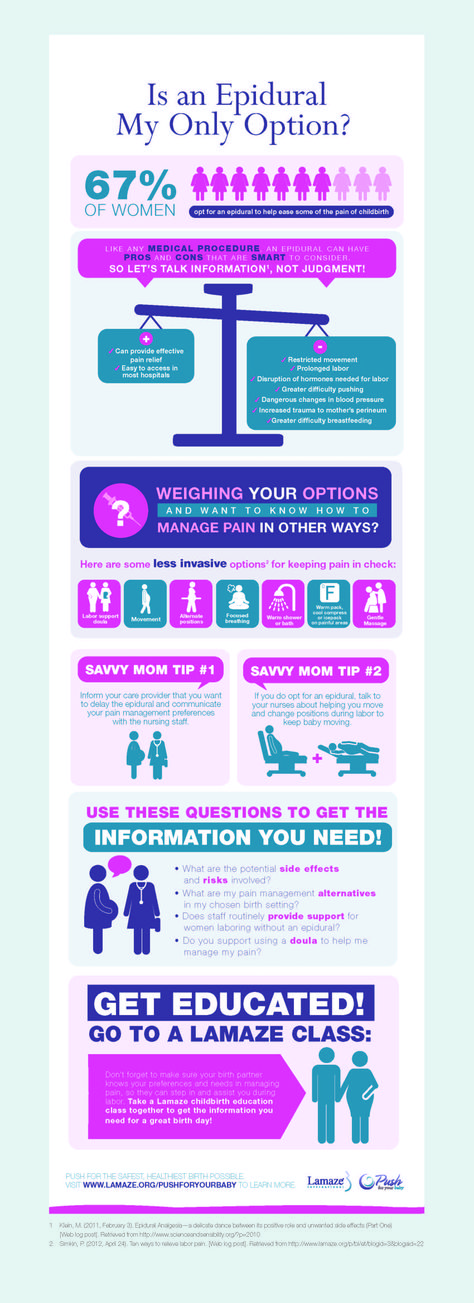
It’s important to note that some women will not like touch or massage during specific times in their labour or at all, so it’s important to plan other options for natural pain relief as well as massage. Don’t be put off if she doesn’t want to be touched and don’t be afraid of offering again if you think she would like it. Observe her movements – does she have her hand on her back, does her back ache? Is she rubbing her legs? Maybe you could do this for her.
Women with lower back pain often get more relief from pressure (press your palms into her lower back, quite firmly). Even if she doesn’t like massage, she can enjoy this quite a bit.
Another helpful tip with backache is to have the woman sitting back in a chair and her partner or a support person pushing into her knees with their hands. You really need two people to do this as a tag team or with one knee each – women often find it so helpful with lower back pain that they don’t want you to stop, and the person pushing the knees can get very sore wrists – take it from someone who thought their wrists were going to fall off!
Natural Pain Relief Option #7: Environment
The environment in which a woman gives birth can help with relaxation, hence pain relief and comfort.
- Turn the lights off or down. Help her instinctive brain kick in and her thinking brain turn off. Darkness helps with this.
- Bring familiar objects from home if in hospital, like pillows, blankets and other things that have her smell on it – the smells of familiarity, safety and home.
- Music – favourite CD’s for different moods are great, from uplifting to soothing sounds, music can groove some pain away!
- Keep it quiet. Avoid talking unnecessarily when things get serious and asking her lots of questions – her thinking brain is trying to shut down to let the instinctive part of her brain take control, hence why women can appear vague and unable to know what they want in labour. Humour can be great when appropriate, for example early labour, but it’s important not to keep engaging her thinking brain when she’s in strong labour. Encourage others to keep voices down and increase touch and encouraging words when needed.
Natural Pain Relief Option #8: Heat Pack
Another option for sore backs – a wheat pack or another form of heat pack is a great non-pharmaceutical alternative.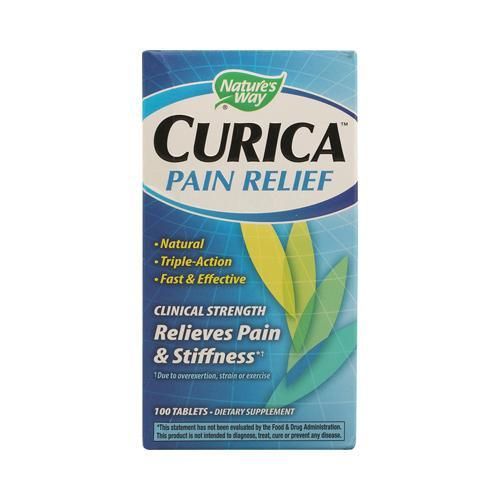 If you are giving birth in a hospital, be sure to check the policy on heat packs, because some no longer allow you to heat up wheat packs in microwaves due to potential fires (yes it has happened before!). So you may need to choose a non-wheat heat pack, for example the gel ones which heat up in hot water, or you could find out what the hospital suggests.
If you are giving birth in a hospital, be sure to check the policy on heat packs, because some no longer allow you to heat up wheat packs in microwaves due to potential fires (yes it has happened before!). So you may need to choose a non-wheat heat pack, for example the gel ones which heat up in hot water, or you could find out what the hospital suggests.
Heat packs are also great post-natally for after birth pains, while the uterus contracts down to it’s normal size – which happens in only a few days – so it works hard!
Natural Pain Relief Option #9: Aromatherapy
Aromatherapy in labour has many great uses. If you are giving birth in hospital, it can provide a nice smell to mask the smell of the hospital, enabling you to relax a little more. While some essential oils are not advised during pregnancy and labour, it is perfectly safe to burn any oil in your burner. You might like to choose some oils suggested in the massage section above.
A point about oil burners – check to see if your hospital has one, as they will not allow you to bring in your own in case of an electrical fault and you blow up the electrical system! Naked flames are also not allowed, so you can’t bring your own oil burners that evaporate with a candle. Your options are usually a battery operated one, which I am yet to find, or a hospital one. You could always ask if it will be okay to use your own if you get your unit electrical tested.
Your options are usually a battery operated one, which I am yet to find, or a hospital one. You could always ask if it will be okay to use your own if you get your unit electrical tested.
Natural Pain Relief Option #10: Sterile Water Injections
For some women, back pain in labour (usually caused by a posterior positioned baby – where the baby’s back is against your back) is much more challenging to manage. Intradermal injections of sterile water provides a non-pharmacological pain relief option.
A small amount of sterile water is injected in four places just under the skin that covers the sacrum, the lower part of the back. Its thought that the sterile water injections stimulate the nerves which quickly send messages to the brain and interrupt the slower messages from inside the body – this has been called the ‘gate control’ theory of pain management.
Intradermal injections of sterile water have been found to stop backache for over 90% of women. For those women it works for, the relief has been immediate.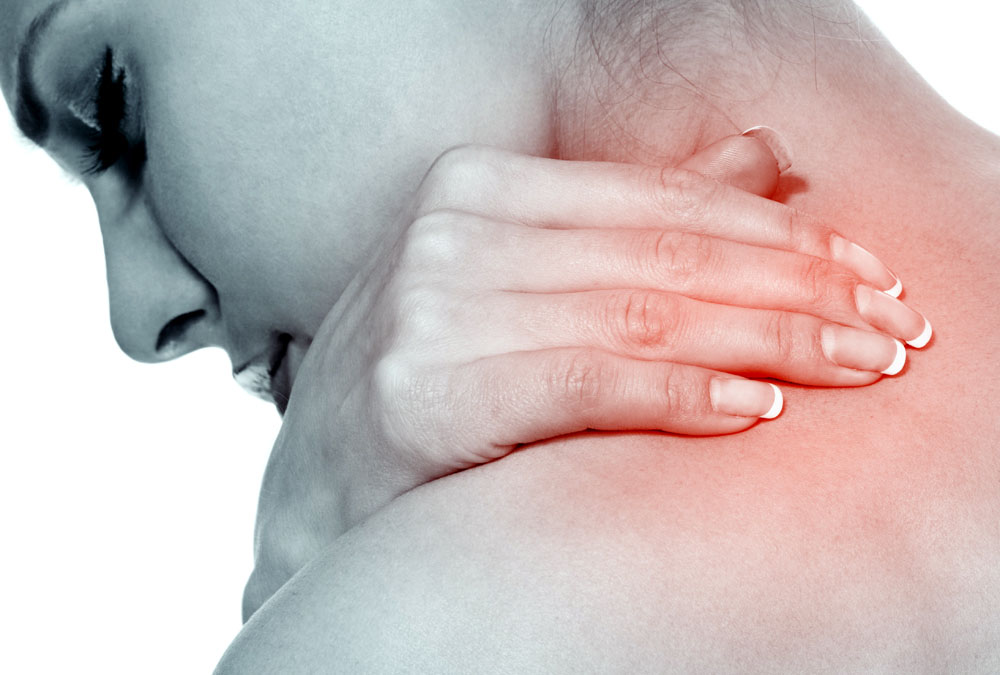 The catch is that it is quite painful. It has a sharp, wasp like sting, which lasts about 20 seconds, however the vast majority of women who experienced severe backpain reported that it’s worth the sting and likely prevented them for opting for an epidural.
The catch is that it is quite painful. It has a sharp, wasp like sting, which lasts about 20 seconds, however the vast majority of women who experienced severe backpain reported that it’s worth the sting and likely prevented them for opting for an epidural.
Sterile water injections is still fairly new and midwives need to be specially trained to use it – so you will need to check before the birth if this option is available to you. You might even suggest that they look into it if they don’t have that option. For more information, check out our article on sterile water injections.
Natural Pain Relief Option #11: TENS
A TENS machine works by attaching two strips of electrodes on your lower back – one on either side of your spine. These connect to a hand-held battery powered unit, which allows you to control the strength of the electrical impulses. The way it apparently works is that the impulses send a signal to the brain where they compete with pain impulses from the uterus, helping to block the pain.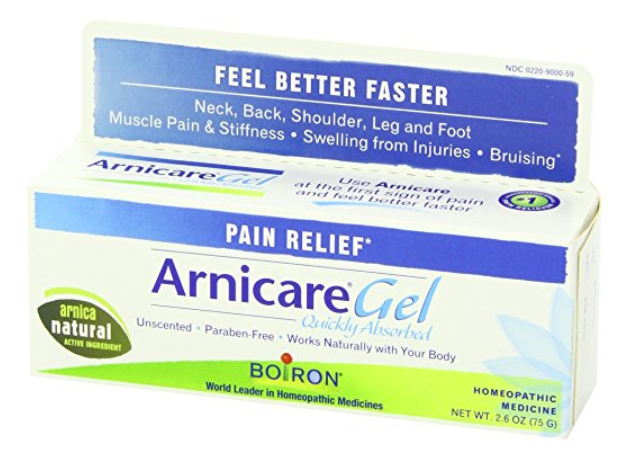
TENS machines do help some women to cope with early contractions, but it’s effectiveness really does vary greatly from woman to woman. Feedback from both studies and by consensus from women give mixed results. Some women find TENS to be no help at all, and some swear by them. The few clients I have supported who have chosen to use TENS gave it a go until they got into water, then took it off and didn’t bother putting it back. Yet on the other hand some women I have heard from say they couldn’t have coped without it.
It is important to get some instruction on how to use TENS before labour – often places who hire out the machines do have TENS classes so if you choose to use TENS in labour, make sure you book yourself in for some lessons.
Pros Using A TENS Machine:
- You can use it from the very start of labour
- It can be used anywhere – at home, in the car or in hospital
- You can remain mobile
- Can be used with other forms of pain relief except back massage or water (shower, bath)
- Self administered and controlled
- Some women find it particularly helpful with back labour (posterior babies)
- Can be used post-birth
Cons Using A TENS Machine:
- It’s not as effective for strong labour as massage or loving care from a doula or privately-hired midwife
- You need to start using it very early in your labour to get the most out of it
- It makes you focus on the early stages of labour when it’s better to play it down and ignore it
- You cannot use it and need to take it off while being monitored, in the shower or in the bath
- You need to press the button to turn it on before each contraction, so you are effectively sitting there waiting for a contraction coming on
- It doesn’t work for all women
- Some women feel that the wires are distracting in labour
- Not to be used on broken or irritated skin
Natural Pain Relief Option #12: Keep Hydrated and Eat If Hungry
Midwife, Brenda Manning, suggests: “If you don’t think you will remember, ask your partner to remind you to drink at least 300mls of water every couple of hours to avoid dehydration.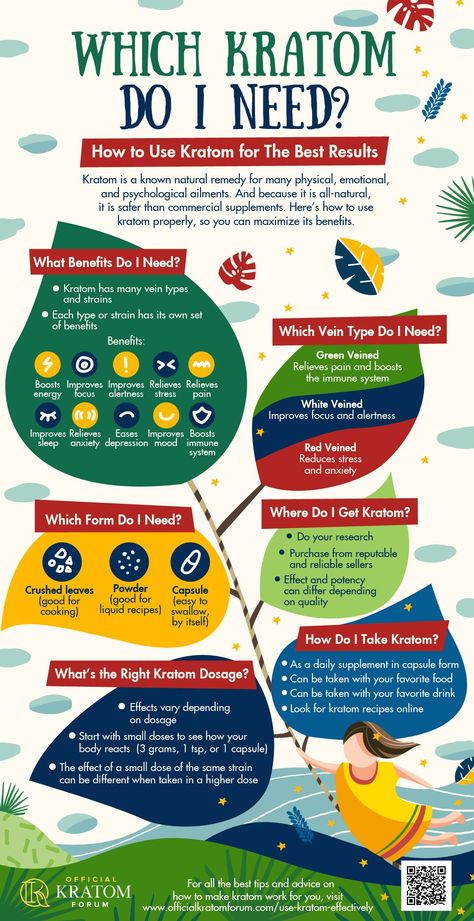 Dehydration can result in fatigue and a poorly functioning uterus. Eating and drinking during labour has been shown to reduce the total length of labour by as much as 90 minutes. Eat light, easily digested food.”
Dehydration can result in fatigue and a poorly functioning uterus. Eating and drinking during labour has been shown to reduce the total length of labour by as much as 90 minutes. Eat light, easily digested food.”
Natural Pain Relief Option #13: Acupuncture
Studies have shown that acupuncture is effective for all sorts of pain relief. In China, acupuncturists work in hospitals and provide acupuncture for patients. However in Australia (and many other western countries) no such thing exists. Some hospitals are receptive to Chinese medicine professionals treating patients (as long as you hire your own) but if you’re giving birth at home this obviously isn’t an issue.
During my client’s labours, I have worked with a good friend of mine who has helped my clients with lower back pain, labours which were slow to establish and doctors were pushing for pharmaceutical inductions, back labour (posterior babies), post birth cramping, post birth bleeding and more. My clients have been very happy with the results.
If you have a trusted acupuncturist or can locate one (make sure they specialise in fertility/pregnancy/birth, some of which have done extra training courses) then you might like to ask them if they’d be open to coming to your birth, making sure that the hospital would allow it.
The TRUTH About Natural Birth
Are you hoping for a SAFE, NATURAL BIRTH? Learn from some of Australia’s
best educators – you’ll feel more CONFIDENT and skilled heading into birth.
Click to find out more!
Methods of natural pain relief in childbirth | State Budgetary Institution RO “OCSOS and R”
Every woman who is waiting for the birth of her baby, along with bright, joyful experiences, experiences fear. Fear of the unknown, fear of pain during childbirth. How strong will this pain be, how long will it last, is it possible to endure it. And she is also possessed by approximately such thoughts: how I will look and how I will behave, whether I will fall into hysterics, whether I will swear at the medical staff.
In response to these fears and worries, very effective methods of pain relief have emerged in obstetric practice in recent years. The most popular of these is epidural anesthesia , which completely relieves pain during the first stage of labor (the period when the cervix opens, often long and painful). And at the same time, there are many doctors and women in labor who believe that the process of childbirth should proceed as naturally as possible, and pain, since it is conceived by nature, has the right to exist.
To sort out these conflicting views, let's look at the scientific research on what pain is and what influences pain tolerance.
Today, there are a number of studies in medical science on pain and how people experience pain in different circumstances, what affects pain tolerance and how this can be used in medical practice.
To investigate this issue, scientists turned to the experience of people who not only do not avoid pain in their lives, but, on the contrary, deliberately seek it.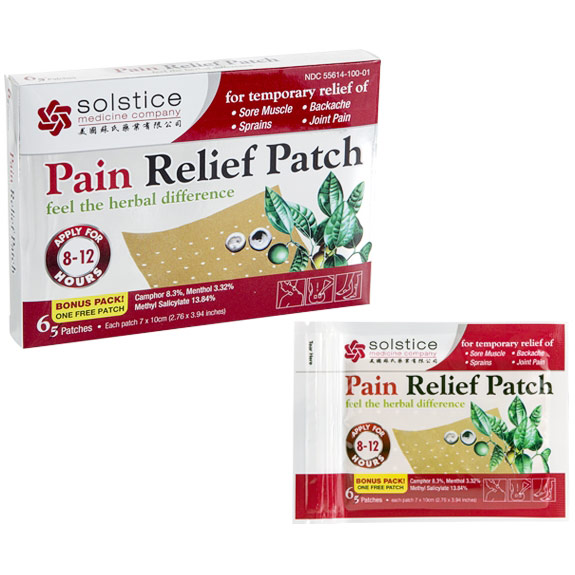 These were people involved in oriental martial arts, representatives of some religious movements, people striving for an ascetic lifestyle.
These were people involved in oriental martial arts, representatives of some religious movements, people striving for an ascetic lifestyle.
By investigating extraordinary cases of pain immunity in these people, scientists have deduced some patterns of pain management.
Thus, the intensity of pain depends on the following factors:
The purpose for which pain is experienced.
Pain is much easier to experience if the goal is self-improvement or the religious idea of saving the soul. Scientists believe that labor pain also has a great positive force, since its purpose is the birth of a child, unlike, for example, the pain experienced by a seriously ill person. Thus, it is very important what the thoughts of a person experiencing severe pain are directed to - whether he expects, as a result of personal spiritual growth, the birth of a new life, or, on the contrary, his own death. Based on this, it can be assumed that experiencing labor pain is much more difficult for those women who experience fear of their own death or loss of a child during childbirth.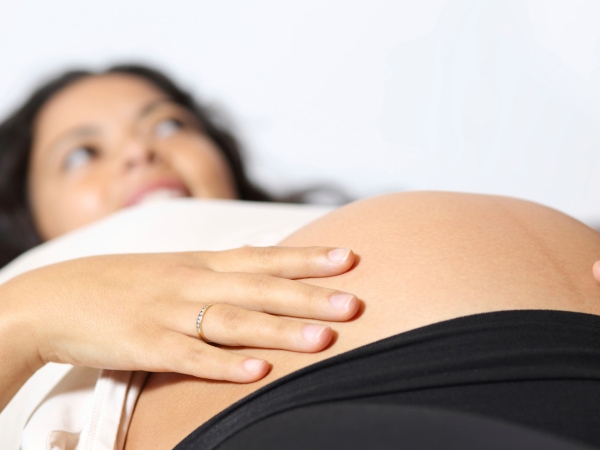
The intensity of pain is affected by the environment.
For example, if it is pain that a person forces himself to for the sake of religious beliefs, it is much easier for him to experience this pain in the presence of other believers who empathize with him and believe that this pain is necessary for the implementation of a high goal. So and during the birth of a child, surrounded by close people, it is much easier for a woman in labor to experience pain, because close people empathize with her and share her condition.
In Africa and Brazil, the ‘sledgehammer phenomenon’ is widely known: when the time comes for a woman to give birth, a man goes to bed, screams and complains. Ethnologists have found that this relieves a significant part of the mental and even physical stress of the woman in labor, and childbirth is easier.
The degree of pain depends on the state of human consciousness.
Pain is much easier to bear when a person is not completely immersed in it, but is in a state of trance, meditation or prayer.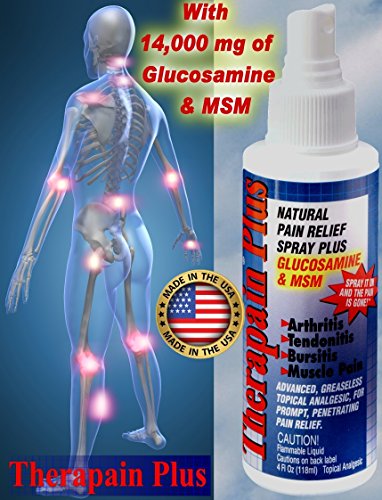 It is known that women who are able to pray during childbirth experience them more easily.
It is known that women who are able to pray during childbirth experience them more easily.
Another factor influencing the experience of pain is the psychological readiness for its onset.
In other words, unexpected pain is always experienced as more intense. Some people - for example, martial artists - are able to change their physiological state before exposure to pain factors - their blood pressure rises in advance and their pulse quickens, and at the moment of a strong blow to the pain point, the pressure increased by this moment begins to decrease, and not jump sharply , as happens in case of an unexpected blow.
Women who prepare themselves for pain in advance and study various methods of pain relief on special crucibles are also in an advantageous position during labor pain. And even if they do not have to put their knowledge into practice, the very confidence that they are ready and know how to behave during childbirth greatly relieves the pain. And vice versa, the most painful, painful memories of childbirth remain with women who turned out to be completely unprepared for them.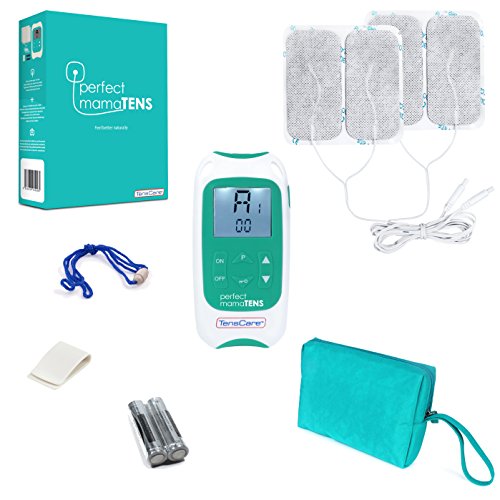
There are countries, and these are by no means third world countries, where women give birth in conditions close to natural, for example, Holland, where childbirth is fundamentally not anesthetized, and epidural anesthesia is used only in case of caesarean section. And this does not mean at all that a woman is forced to suffer - no, they simply create certain conditions for her: the atmosphere of the birth is close to home, the presence of close people of the woman in labor is encouraged, the midwife who observed the woman during childbirth can be present and take part in them. pregnancy, which means that a woman trusts. In addition, the woman in labor is encouraged to use natural methods of anesthesia (breathing and voice techniques, relaxation method), water is widely used for the same purposes (showers, baths, pools).
As for Russia (including Novosibirsk), today a different approach to anesthesia is very common: for a certain amount, a woman in labor can receive epidural anesthesia in any maternity hospital.
If a woman wants to give birth naturally, she needs to take care in advance, during pregnancy, sign up for courses where she (and her husband) will be taught natural methods of pain relief. Unfortunately, now it is not necessary to expect that a midwife or a doctor in the maternity hospital will give a woman an anesthetic massage or breathe with her during labor, so the presence of a husband or other close person (mother, sister or close friend) at the birth is becoming more and more relevant. The fact is that even the most prepared woman in a stressful situation can forget everything that she studied during pregnancy, and in this case, a loved one who was preparing for childbirth with her will help her remember what she needed.
What methods of natural (non-drug) pain relief are offered to a woman in labor today?
Relaxation.
This method was proposed back in the thirties of the last century by the famous English obstetrician Grantley Dick-Read. G. Dick-Read's wife, Jessica, helped bring the idea of painless, natural childbirth to life by organizing prenatal classes where expectant mothers could prepare for childbirth in small groups. One of the main skills taught in these courses was the relaxation technique, because, according to Dick-Read, relaxation is the key to calmness in childbirth.
G. Dick-Read's wife, Jessica, helped bring the idea of painless, natural childbirth to life by organizing prenatal classes where expectant mothers could prepare for childbirth in small groups. One of the main skills taught in these courses was the relaxation technique, because, according to Dick-Read, relaxation is the key to calmness in childbirth.
Relaxation is a state of the body when the muscle tone of the whole body is reduced to a minimum. The ability of a woman to relax during contractions renders her an invaluable service, because the pain always increases with tension and decreases significantly with a decrease in muscle tone.
There are many different ways to relax, which you can learn about in courses or in specialist literature. A description of the method used by Dick-Read himself is in his book Childbirth Without Fear.
Respiratory methods of anesthesia.
In principle, all breathing practices used in childbirth lead to the same decrease in muscle tone, to relaxation.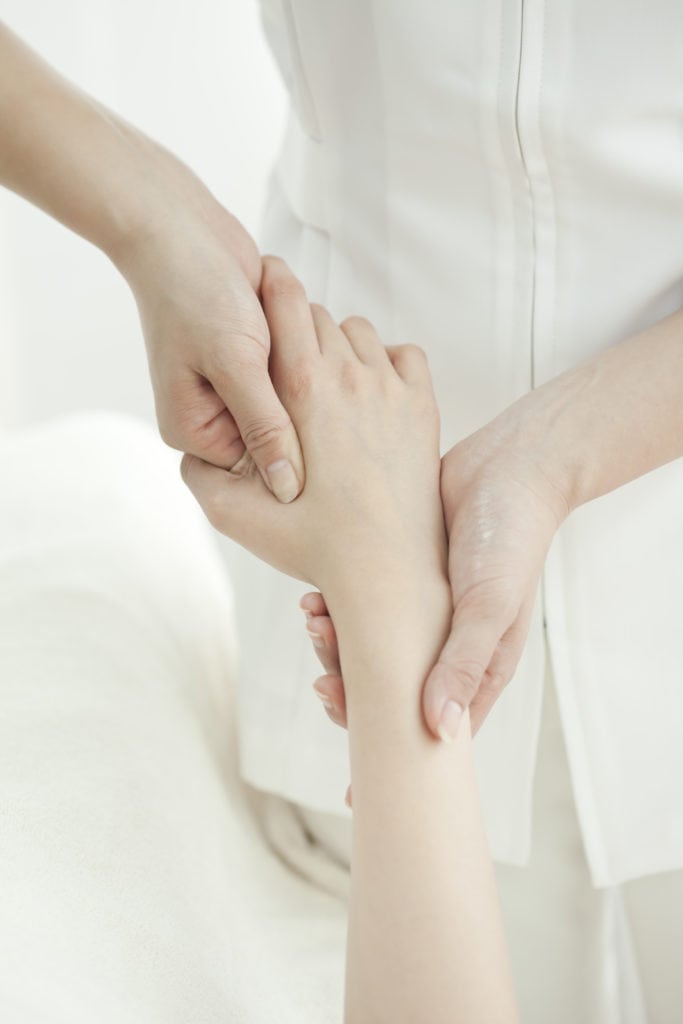
The first method of pain relief offers to train the ability to breathe slowly. So, if a person normally takes 16 breaths and exhalations per minute, women are invited to learn how to do only 8 breaths and exhalations, and the breaths should be small and the exhalations should be long. During childbirth, a woman will breathe like this only during the contraction, after it ends - normal breathing.
The second method of anesthesia suggests the following: imagine that you have a feather in front of your lips, and you need to make a series of short exhalations with such force that the feather does not fly away. After exhaling, you take a small breath and repeat the series again (it can be 4, 6 or 8 exhalations). This breathing also helps to stay relaxed during the fight and not focus on the pain.
The third method of pain relief is suitable for well-trained women - it suggests not breathing at all during the contraction, and after it is over, go to normal breathing.
Voice practices.
These practices are usually taught in pregnancy courses. If we try to describe this method in words, then we can say that a woman is invited to sing her pain, sending a sound to the place of its greatest concentration. The sound should be long, on the exhale, while singing, you do not need to inhale often. I would like to note that singing pain has nothing to do with cries for help.
Pain relief massage.
Acupressure or general massage of the sacrum, buttocks and thighs often relieves pain.
Anesthesia with warm water.
It is very good if during the contractions a woman will have the opportunity to spend some time in a warm bath, or at least stand or sit under the shower, directing a jet of warm water to the sacrum during the contraction. The necessary conditions for this have already been created in many Russian maternity hospitals.
Trance techniques.
A number of experts believe that a woman does not need to relax or breathe in a special way, but during a contraction she needs to concentrate on certain images that contribute to the connection between her and her child in a single birth process.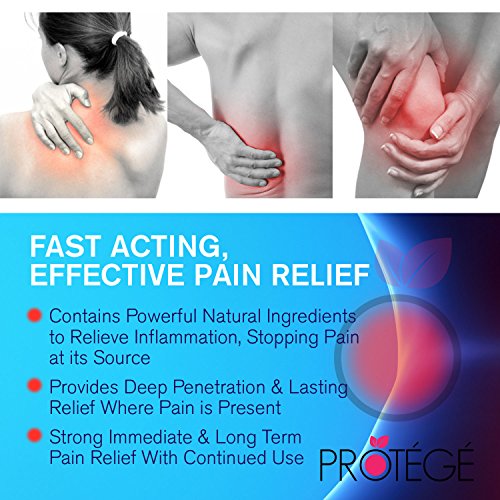 For example, a woman is invited to imagine the cervix as a thousand-petalled bud and during each contraction, open this flower one petal at a time. Another trance technique invites a woman in labor to imagine herself emerging from a very deep lake with a baby in her arms during a fight. Specialists who prepare women for such childbirth note significant pain relief.
For example, a woman is invited to imagine the cervix as a thousand-petalled bud and during each contraction, open this flower one petal at a time. Another trance technique invites a woman in labor to imagine herself emerging from a very deep lake with a baby in her arms during a fight. Specialists who prepare women for such childbirth note significant pain relief.
In conclusion, I would like to wish every woman who is about to give birth to a child to make her choice regarding labor pain in advance. But even if before childbirth you decided to give birth naturally, and during them you encountered unbearable pain, use medical methods, and vice versa, if you have definitely decided that you will give birth under epidural anesthesia, give yourself at least a little experience of the sensations that you have prepared for you nature. In any case, I wish you and your baby a happy birth!
PAIN RELIEF DURING BIRTH: METHODS AND CONSEQUENCES
Despite its naturalness, childbirth is a painful process. At the same time, each woman perceives pain differently. And if one woman in labor does not ask the medical staff for appropriate assistance, then another may need it. In special cases, doctors resort to methods of anesthesia.
At the same time, each woman perceives pain differently. And if one woman in labor does not ask the medical staff for appropriate assistance, then another may need it. In special cases, doctors resort to methods of anesthesia.
Indications for anesthesia of the labor process
Relief of labor pains for women is indicated in the presence of the following deviations:
- cervical dystocia;
- hypertension;
- preeclampsia;
- diabetes mellitus;
- preeclampsia;
- high blood pressure;
- young age of the expectant mother;
- disorders of cardiovascular activity.
Pain should be administered with the fetus in the gluteal position and its large size. The event relieves pain and relieves a woman of fear and emotional stress.
As for the methods of pain relief, their totality is:
non-drug methods - deep breathing, physiotherapy, acupuncture, the use of psychological techniques to distract from pain;
medicinal methods - the use of drugs that reduce the degree of pain;
epidural anesthesia is the most effective method of pain relief. Drug injections are administered between the 3rd and 4th lumbar vertebrae. In another way, the method is called regional analgesia.
Drug injections are administered between the 3rd and 4th lumbar vertebrae. In another way, the method is called regional analgesia.
Should I anesthetize delivery?
The benefits of anesthesia as a medical procedure are obvious - it reduces pain, relieves stress in the female body and prevents fetal hypoxia. But like any intervention in the natural process, pain relief can cause some side effects in the condition of the mother and child. Although they are temporary, their appearance still negatively affects the psyche of a woman. Therefore, it is necessary to anesthetize childbirth only according to indications.
When the fetus suffers from hypoxia or the woman is suffering from severe labor pains, the benefits of pain relief far outweigh the risks of side effects. But in the normal course of the process, it is better to do without facilitating manipulations. When deciding on their necessity, the specialist must compare the possible risks, and then choose the option in which the adverse consequences will be minimal for both parties.